Home > Auctions > 3 - 11 June 2025
Ancient Art, Antiquities, Books, Natural History & Coins
Ex Mineral Imports, London, UK.
Gregory, Bottley & Lloyd (Gregory's), Harwich, UK.
From Brazil.
Ex Mineral Imports, London, UK.
Gregory, Bottley & Lloyd (Gregory's), Harwich, UK.
From Congo, Central Africa.
Ex Mineral Imports, London, UK.
Gregory, Bottley & Lloyd (Gregory's), Harwich, UK.
From Madagascar.
Ex Mineral Imports, London, UK.
Gregory, Bottley & Lloyd (Gregory's), Harwich, UK.
From Morocco, North Africa.
From a Cambridgeshire, UK, collection.
From Atlas Mountains, Morocco, North Africa.
From a Cambridgeshire, UK, collection.
From a Lincolnshire, UK, collection.
From Lebanon.
From a Lincolnshire, UK, collection.
From Madagascar.
Ex private Shropshire, UK collection.
Entada gigas, the ‘sea bean’ or ‘monkey ladder vine’ is a flowering liana in the Fabaceae pea family. The plant has the longest seed pods in the family, as well as the largest seeds, which can float for miles along sea currents, being washed up on beaches around the world. The seed pod segments snap off, dropping into the river below. The pod segment will quickly rot, revealing the seed or ‘sea bean’ inside. The seed contains a sealed pocket of air, which enables it to float. It can survive for up to two years at sea, and actually requires prolonged exposure to water in order to germinate. Some of these seeds will find their way into the major sea currents, such as the Gulf Stream, and end up washed up on coasts around the world.
From a Lincolnshire, UK, collection.
A crater field of roughly 26 craters was found in the vicinity of this crater, which is estimated to date to 4-5 thousand years BP. The age of the meteorite itself is thought to be c.4.5 billion years, formed as part of the development of this solar system. The largest two fragments, the 30.8 ton Gancedo and 28.8 ton El Chaco, are among the heaviest meteorite masses ever recovered on Earth. In 1576, the governor of a province in Northern Argentina commissioned the military to search for a large mass of iron, which it was believed the local people claimed had fallen from the sky and which they used for their weapon production. The expedition discovered a large mass of metal which was assumed to be an iron mine and brought back a few samples, which were described as being of unusual purity. Following the legends, in 1774 Don Bartolomé Francisco de Maguna rediscovered the iron mass. He himself did not believe that the stone had fallen from the sky and assumed that it had formed by a volcanic eruption. However, he sent the samples to the Royal Society of London. In 1990 it became protected by law.
Acquired from older English collections via the UK art market since the mid 1970s.
From the private collection of Peran Dachinger, thence by descent.
From the family collection of a Maida Vale lady, UK.
Ex Mineral Imports, London, UK.
Gregory, Bottley & Lloyd (Gregory's), Harwich, UK.
1789 - 1800 of 3130 LOTS

![Boxed Quality Crystal Mineral Specimen Collection [3] Boxed Quality Crystal Mineral Specimen Collection [3]](https://timelineauctions.com/upload/images/items/small/228174-s.jpg)
![Cut and Polished Agate Slice Collection [6] Cut and Polished Agate Slice Collection [6]](https://timelineauctions.com/upload/images/items/small/227974-s.jpg)
![Cut Slices of Green Malachite [6] Cut Slices of Green Malachite [6]](https://timelineauctions.com/upload/images/items/small/228017-s.jpg)
![Cut and Polished Fossil Tree Trunk Section Pair [2] Cut and Polished Fossil Tree Trunk Section Pair [2]](https://timelineauctions.com/upload/images/items/small/228166-s.jpg)
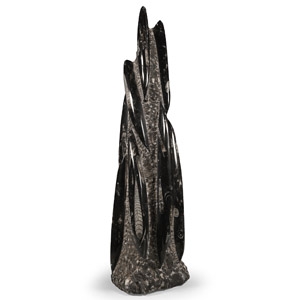
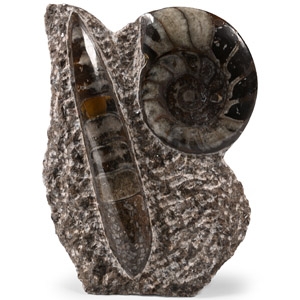
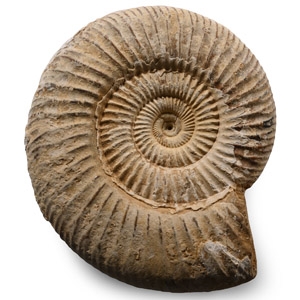
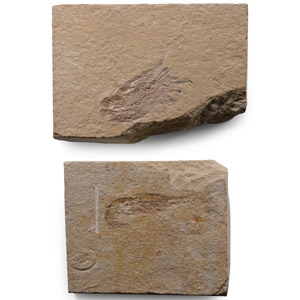
.jpg)
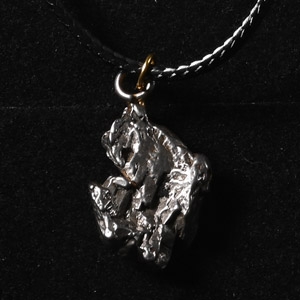
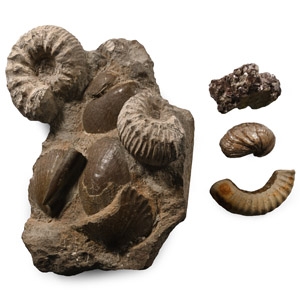
![Selenite Satin Spar Wand Group [50] Selenite Satin Spar Wand Group [50]](https://timelineauctions.com/upload/images/items/small/228184-s.jpg)



